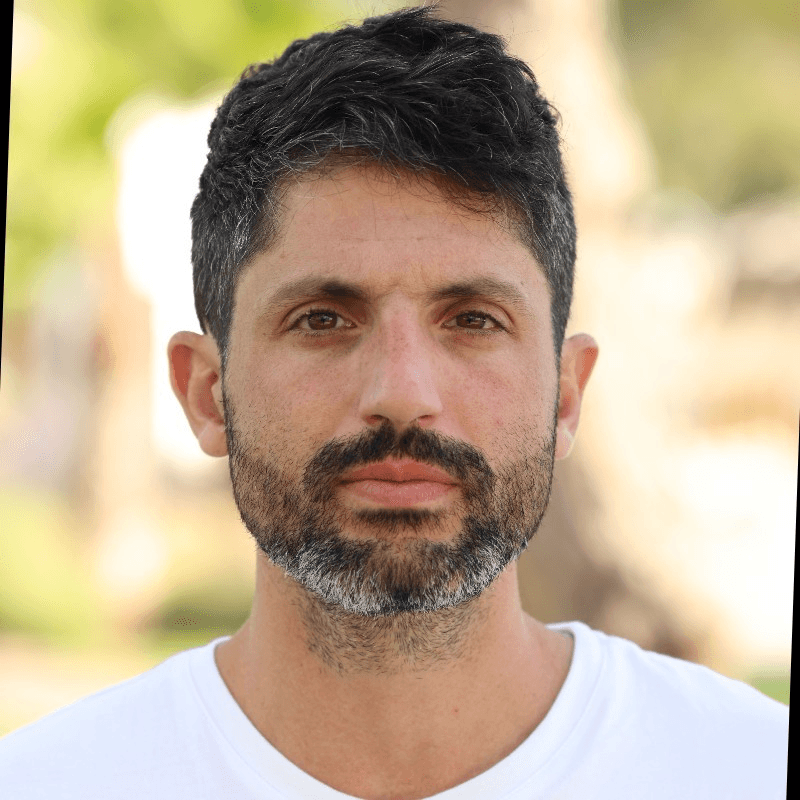Last month marked a significant milestone for Pinecone as we successfully hosted our inaugural virtual hackathon. This event brought over 1400 forward-thinking participants, grouped into 120 teams, together on a virtual platform. The goal of the hackathon was to create full-stack AI applications capable of solving real-world problems, enhancing productivity, efficiency, and offering tangible business value. Our participants had a week to develop solutions that could potentially make an actual impact in the real-world, featuring Pinecone as the centerpiece of their solution. With over $100k in credits and prizes from Pinecone and our generous sponsors, the stakes were truly high, the competition intense, and the results, as you will soon find out, absolutely mind-blowing.
The Challenge
At the heart of our hackathon was the challenge that motivated all participants to think outside the box and push the boundaries of what's possible with AI. We asked teams to construct user-ready applications, integrating Pinecone along with one or more of the offerings from our esteemed partner companies. However, these were not just any applications. We were seeking solutions that could solve real-world problems across diverse industries.
The successful applications had to be user-friendly, catering to users who might not have a technical background but could benefit greatly from the solutions. Pinecone had to be a crucial component of the application, demonstrating the versatility and power of our vector database in handling complex AI tasks. Furthermore, applications were expected to leverage one or more tools from our partners, including industry leaders like AWS, OpenAI, Hugging Face, LangChain, Vercel, Cohere, Zapier, Convex and Clerk.
While the applications didn't have to be production-ready, they were required to showcase their practicality and usability convincingly. A glimpse into a future where these applications could become an integral part of users' lives or business operations. It was a demanding task, but our participants met the challenge - and then some.
Judging Panel
The projects were carefully evaluated by a panel of experts who brought their unique perspectives and experiences in the field of AI and software development. Our distinguished judges were:
- Tim Tully from Menlo Ventures
- Stefania Druga from Microsoft Research
- Lance Martin from LangChain
- Jonathan Cipriano from Netlify
- James Briggs from Pinecone
- Roie Schwaber-Cohen from Pinecone
Winners and Their Revolutionary Projects
The culmination of the hackathon brought forth three winners whose applications not only demonstrated technical excellence, but also showed potential for real-world impact.
First Place: Real Time Disaster Imagery Annotation and Search Analytics
The first place was secured by Vamshi Krishna Enabothala and Praveen Singalla who developed an application to address a global challenge: disaster response. Their application, "Real Time Disaster Imagery Annotation and Search Analytics", uses advanced AI capabilities to perform real-time disaster imagery annotation and search. This not only accelerates disaster response during the critical "Golden Hour" but also potentially saves lives and minimizes damage.
Vamshi and Praveen were inspired by the devastating impact of natural disasters globally, which cause approximately 60,000 deaths per year. They leveraged the vast amount of imagery data collected in real-time from UAVs, aerial surveillance vehicles, and satellite images to provide crucial information about the extent of the damage and disaster conditions.
Their solution offers live dashboards of the disasters mapped onto a geospatial dashboard, geospatial search of disaster images powered by natural language querying, and life safety navigation guidance to first responders and disaster relief teams. The application was built using a diverse tech stack including AWS, Pinecone, OpenAI, and Hugging Face, among others. They delivered a live dashboard that could map disaster images and location data onto geospatial maps in real-time, powered by natural language querying.
Second Place: PatentBot
The second-place team led by Mateo Restrepo took on the complex and often cumbersome process of patent creation. They developed "PatentBot", an NLP-based project designed to automate the creation of patent documentation. Their inspiration stemmed from the challenges and complexities involved in the patenting process, such as the time-consuming nature of drafting patent documentation, the vast amount of information to sift through, the evolving technology landscape, the requirement of legal expertise, and the complexity of patent language. PatentBot simplifies the exploration of prior art, assists in assessing novelty, and provides a comprehensive solution for generating accurate and high-quality patent documentation.
PatentBot was built using a range of technologies, including the HuggingFace dataset, Cohere for embeddings, Pinecone for efficient storage and retrieval, LangChain for conversational capabilities, and ChatGPT for documentation creation. The bot has multiple capabilities to tackle three main common challenges when developing a patent: the search for prior works, patent drafting, and comparing. The automation of these tasks can help reduce costs and increase efficiency in patent processes.
Third Place: BIAS
Securing the third place was Nassim Elabed with "BIAS". His application automates the extraction and analysis of arguments and counter-arguments from any source. BIAS enables users to navigate the flow of information on issues they are interested in, with the help of AI. It extracts arguments and counter-arguments from any source and supports web pages, documents, audio, video, and YouTube. It allows for the browsing of analyzed and extracted arguments using a smooth and intuitive interface, the clustering of arguments for better discovery, source-backed conversational features to inquire more, and agent-based debate simulations in a chatbot-like interface. Nassim was particularly proud of their accomplishment in building a bot with multiple capabilities and high potential impact.
Each of these winning teams brought forth unique solutions that demonstrated the power of AI to solve real-world problems. Their achievements serve as a testament to the innovative spirit and technical prowess of the participants in the Pinecone Hackathon.
What's Next?
That's a wrap on our first virtual hackathon, and what a ride it's been! We're incredibly proud of all the participants who showed us just how transformative AI can be. From disaster response to patent creation, the innovative ideas presented left us in awe.
Big congratulations to our winners and a massive thank you to everyone who participated, our judges, and our amazing sponsors. Your creativity and passion have made this event a huge success.
But this is just the beginning. We're buzzing with excitement about what the future holds for AI and can't wait to see how these ideas will continue to evolve and make a difference in the real world. We're looking forward to bringing you more events like this, where we can continue to explore the incredible potential of AI together.
Was this article helpful?



